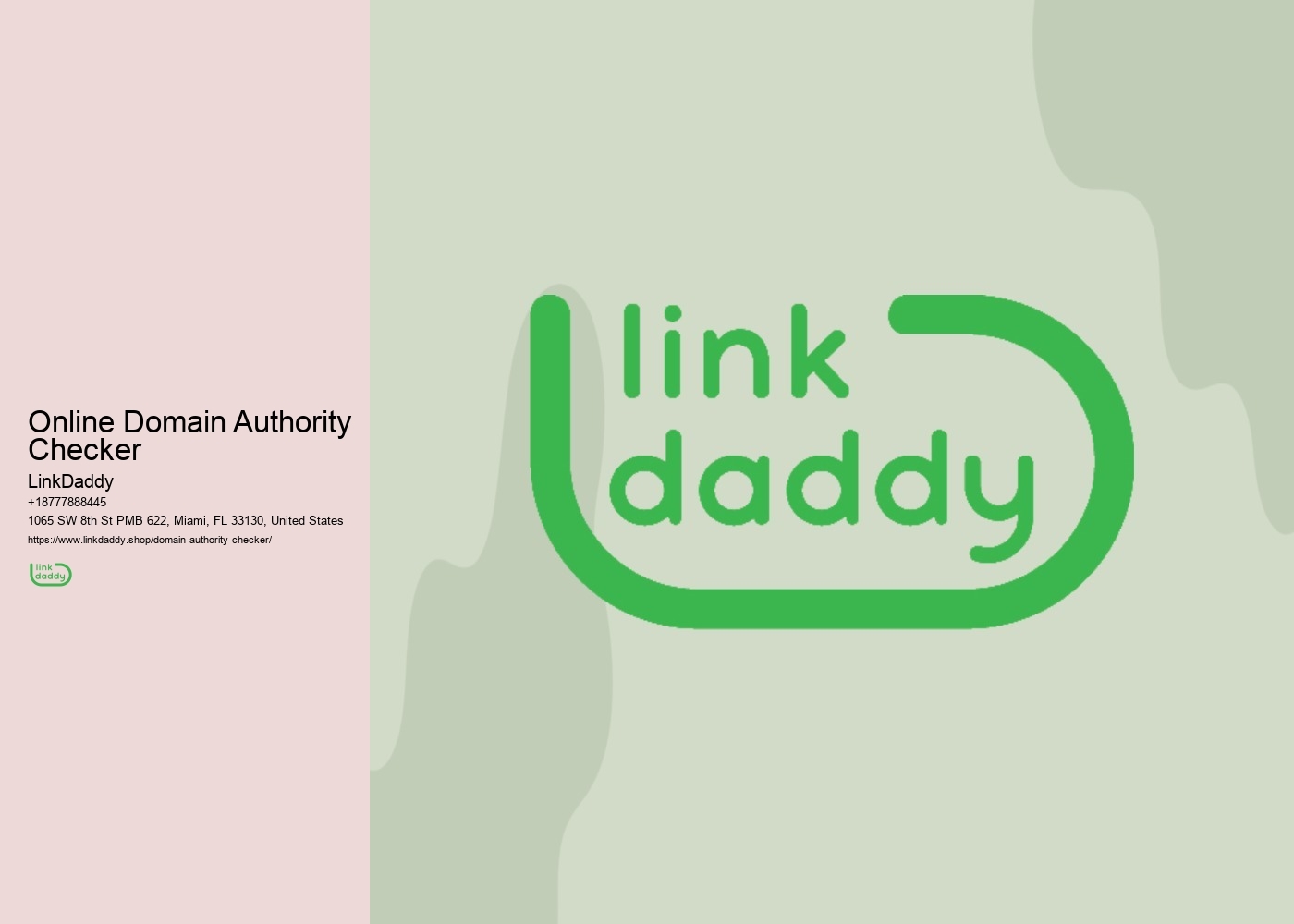The Development of Cloud Providers: Patterns and Future Opportunities
The landscape of cloud services has changed considerably for many years, forming the means services run and people gain access to data. From the early days of cloud computing to the present trends affecting the sector, the evolution has actually been noted by development and adjustment. As we browse via the complexities of cloud options, one can not disregard the profound influence of Expert system and the enhancing adoption of crossbreed cloud atmospheres. These developments established the phase for intriguing future chances and improvements that hold the potential to redefine the way we communicate with innovation.
Very Early Cloud Solutions
Throughout the incipient phases of cloud computer, very early cloud remedies arised as introducing frameworks for remote data storage space and accessibility. These services reinvented just how companies handled and accessed their data, offering a versatile and scalable option to traditional on-premises infrastructure. Business no more required to invest heavily in physical web servers and data facilities, as cloud solutions gave an affordable method to store and fetch details.
One of the key advantages of these early cloud options was the ability to accessibility data from anywhere with an internet connection, helping with remote work and partnership amongst groups situated in different geographical places. This ease of access not only improved productivity but also led the way for a more interconnected international organization atmosphere.
Additionally, very early cloud solutions laid the structure for modern-day cloud computer models, such as Facilities as a Service (IaaS), System as a Service (PaaS), and Software as a Service (SaaS) These versions remain to evolve, supplying significantly advanced services to meet the expanding demands of organizations in today's digital age.

Existing Patterns in Cloud Provider
In the rapidly advancing landscape of innovation, current trends in cloud services are reshaping the method services run and take advantage of electronic sources for enhanced efficiency and scalability. One prominent pattern is the rise of multi-cloud strategies, where companies make use of services from numerous cloud service providers to enhance performance and decrease reliance on a single vendor (universal cloud Service). This approach improves adaptability and mitigates threats connected with supplier lock-in
An additional crucial pattern is the growing fostering of serverless computer, which enables developers to concentrate on writing code without the need to handle servers. This model provides expense financial savings, scalability, and faster time to market for applications. Additionally, the combination of expert system and artificial intelligence capabilities right into cloud solutions is getting energy, allowing services to obtain useful insights from their information and automate procedures successfully.
In addition, boosted cloud safety and security steps, such as zero-trust architecture and encryption techniques, are coming to be standard methods to protect information in the cloud setting. Cloud Services. These trends collectively signify a change in the direction of even more nimble, secure, and intelligent cloud remedies that provide to the developing demands of modern services
Impact of Artificial Knowledge
The assimilation of man-made knowledge into cloud services is transforming the performance and capacities of modern companies. AI technologies, such as device learning and natural language handling, are boosting cloud solutions by automating jobs, giving anticipating analytics, and enabling even more individualized customer experiences.
Furthermore, AI in cloud services improves protection procedures by reacting and detecting to potential threats proactively. By leveraging AI algorithms, cloud suppliers can identify patterns indicative of cyberattacks and alleviate risks before they intensify. Furthermore, AI helps in maximizing source appropriation within cloud environments, ensuring cost-effectiveness and scalability for companies of all dimensions. Ultimately, the harmony between expert system and cloud solutions is driving technology, competition, and development throughout different markets.
Crossbreed Cloud Fostering
With the expanding combination of expert system enhancing the capacities of cloud solutions, the adoption of hybrid cloud styles becomes a critical advancement for modern-day organizations seeking optimum adaptability and performance in their IT internet facilities. Hybrid cloud fostering includes integrating private and public cloud services, allowing companies to utilize the benefits of both while dealing with specific workload demands. This strategy gives greater agility, scalability, and cost-effectiveness by making it possible for seamless information and application transportability in between different cloud settings.
Among the essential drivers behind the raising adoption of hybrid cloud is the need for an extra tailored strategy to shadow implementation. Organizations can purposefully put workloads in either public or exclusive clouds based on factors such as safety and security, price, compliance, and efficiency factors to consider. Furthermore, hybrid cloud styles supply boosted resilience and redundancy, minimizing the danger of information loss or downtime.
As businesses remain to welcome electronic change initiatives and look for ways to update their IT operations, hybrid cloud adoption is positioned to play an important role fit the future of cloud solutions. Cloud Services. By combining the staminas of multiple cloud implementation versions, organizations can develop a much more dynamic and effective IT ecological community that straightens with their advancing organization requirements

Future Opportunities and Innovations
Checking out upcoming improvements in cloud technology reveals promising methods for additional advancement and development in the digital landscape. One essential area of future opportunity exists in the development of serverless computing. By abstracting framework administration, serverless computing enables companies to concentrate on code development and implementation, causing boosted agility and expense efficiency. An additional significant trend imminent is the growth of side computing capacities within cloud services. Edge computing brings processing closer to the information source, reducing latency and improving real-time data handling for applications like IoT devices and self-governing lorries.
Additionally, the assimilation of expert system (AI) and device learning (ML) into cloud services holds excellent guarantee for enhancing workloads, automating tasks, and boosting information analytics abilities. As organizations proceed to create substantial amounts of information, AI and ML technologies will certainly play a crucial role in removing valuable insights and enhancing decision-making processes. In addition, the ongoing development of containerization innovations like Kubernetes presents chances for a lot more effective implementation and scaling of applications in the cloud setting. Welcoming these future opportunities and advancements in cloud solutions will undoubtedly shape the Check This Out electronic landscape and drive transformative modification across industries.
Conclusion
In verdict, the development of cloud solutions has seen substantial advancements from very early solutions to current fads. The combination of expert system has actually revolutionized cloud technology, leading to raised effectiveness and scalability. The adoption of hybrid cloud designs has actually better broadened chances for services. Looking ahead, future developments in cloud services will certainly proceed to drive development and makeover in various sectors, using brand-new possibilities for organizations to boost their procedures and competition. Recommended Reading
As we browse with the intricacies of cloud options, one can not ignore the extensive influence of Artificial Knowledge and the raising fostering of crossbreed cloud environments.During the nascent phases of cloud computing, very early cloud services emerged as introducing structures for remote information storage space and gain access to.With the expanding integration of synthetic knowledge improving the capacities of cloud services, the adoption of hybrid cloud architectures arises as a critical advancement for modern services looking for optimum adaptability and effectiveness in their IT facilities. Crossbreed cloud fostering involves integrating private and public cloud solutions, permitting organizations to take advantage of the benefits of both while attending to particular workload requirements.One of the vital chauffeurs behind the boosting fostering of crossbreed cloud is the requirement for an extra tailored method to shadow implementation.